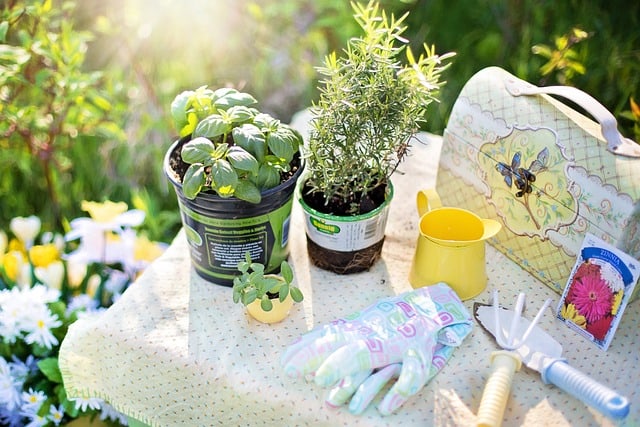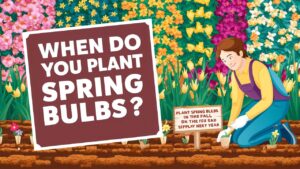While many herbs prefer warmer weather, there are still plenty of options for those of us who live in colder climates. If you’re looking to add some flavor to your cooking this winter, why not try growing some of these herbs? Oregano, sage, tarragon, and thyme are all common herbs that do well in cooler temperatures. Keep reading to learn more about each of these flavor-packed plants!
Chives (Allium schoenoprasum)
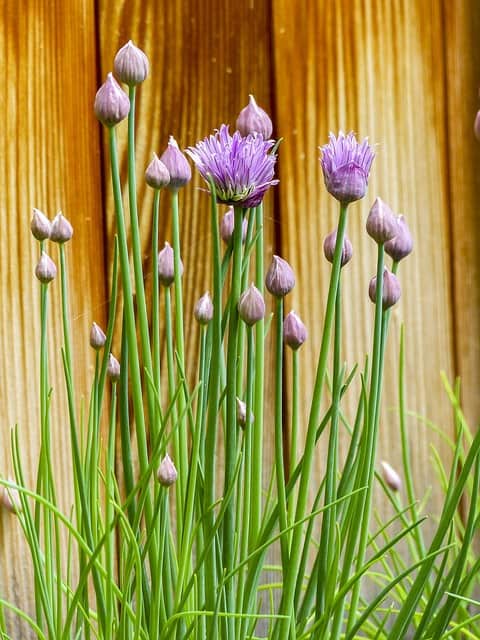
Chives are one of the earliest herbs to emerge in spring. They’re also one of the most versatile; chives can be used in everything from salads and soups to baked goods and eggs dishes. Chives prefer full sun but will tolerate partial shade, and they prefer soil that is well-drained but moist.
Fennel (Foeniculum vulgare)
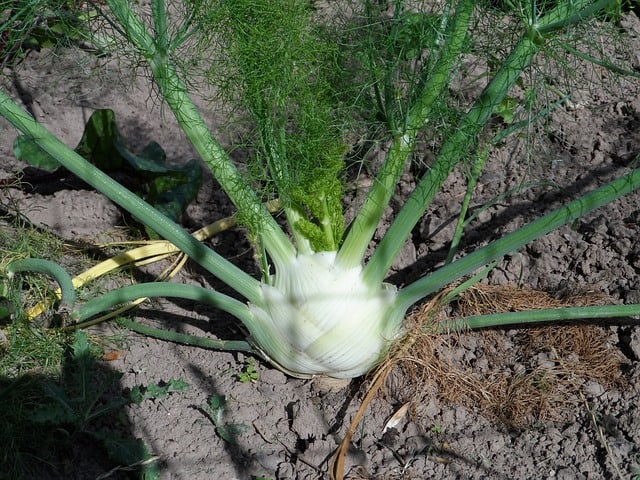
Fennel is another herb that does well in colder weather. Fennel has a distinctive anise flavor that works well in both sweet and savory dishes. It’s also a good source of vitamin C, so it’s perfect for boosting your immune system during cold and flu season. When growing fennel, make sure to give it full sun and well-drained soil. Fennel can tolerate partial shade, but it will not produce as much foliage if it is not grown in full sun.
Lavender (Lavandula)
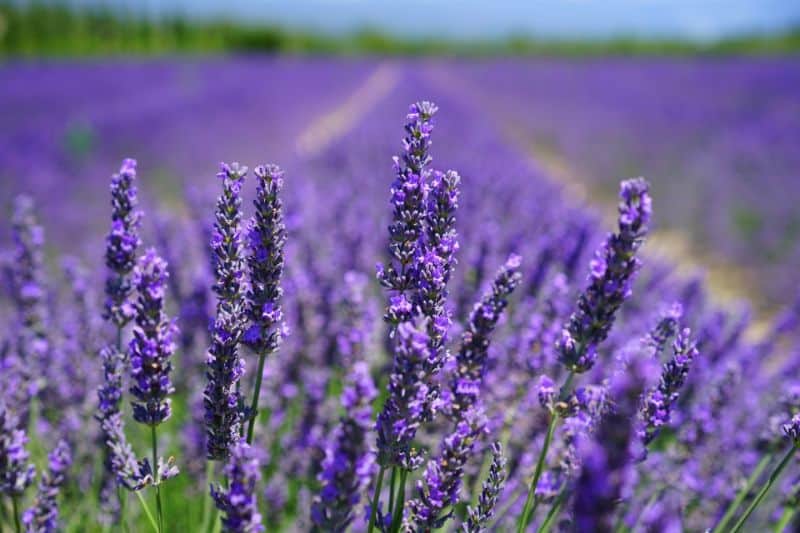
Lavender is a fragrant herb that is often used in potpourris and sachets. It can also be used to flavor baked goods, jellies, and syrups. Lavender prefers full sun but will tolerate partial shade, and it prefers well-drained soil. When growing lavender in a northern climate, make sure to plant it in an area that gets good air circulation to prevent the plants from getting too wet and developing fungal diseases.
Mint (Mentha)
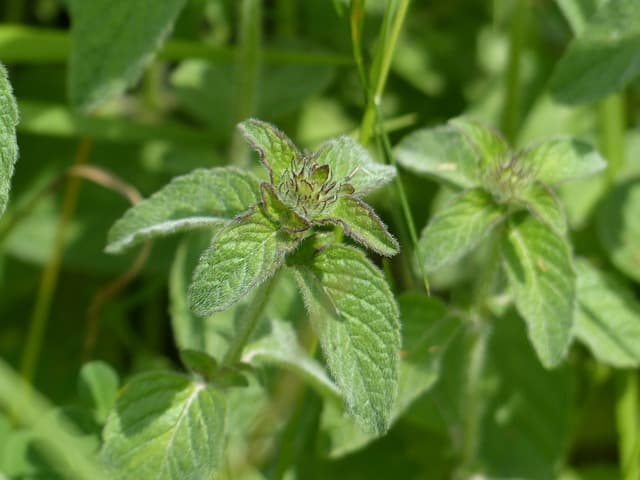
Mint is another versatile herb that can be used in everything from teas and cocktails to soups and salads. Mint grows best in full sun but will tolerate partial shade. It prefers moist, well-drained soil but will also do well in average garden soil as long as it is not allowed to dry out completely. When growing mint in a northern climate, make sure to plant it in an area that gets good air circulation to prevent the plants from getting too wet and developing fungal diseases.
Oregano (Origanum vulgare)
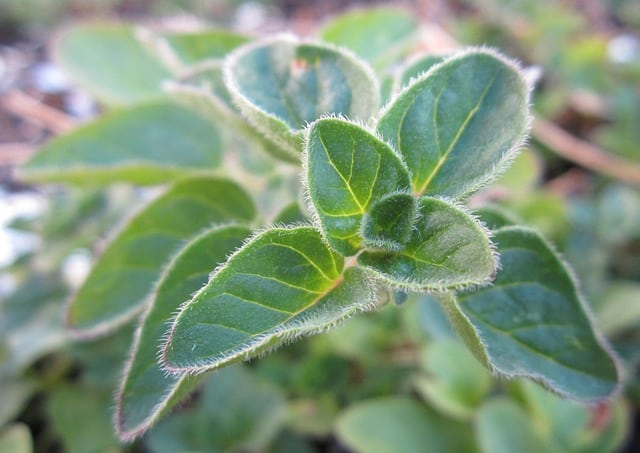
Oregano is a perennial herb that is often used in Italian and Greek cuisine. This flavorful herb can tolerate colder temperatures and even some frost, making it a good option for growers in northern climates. Oregano is relatively easy to care for and can be propagated from seed, cuttings, or division.
Sage (Salvia officinalis)
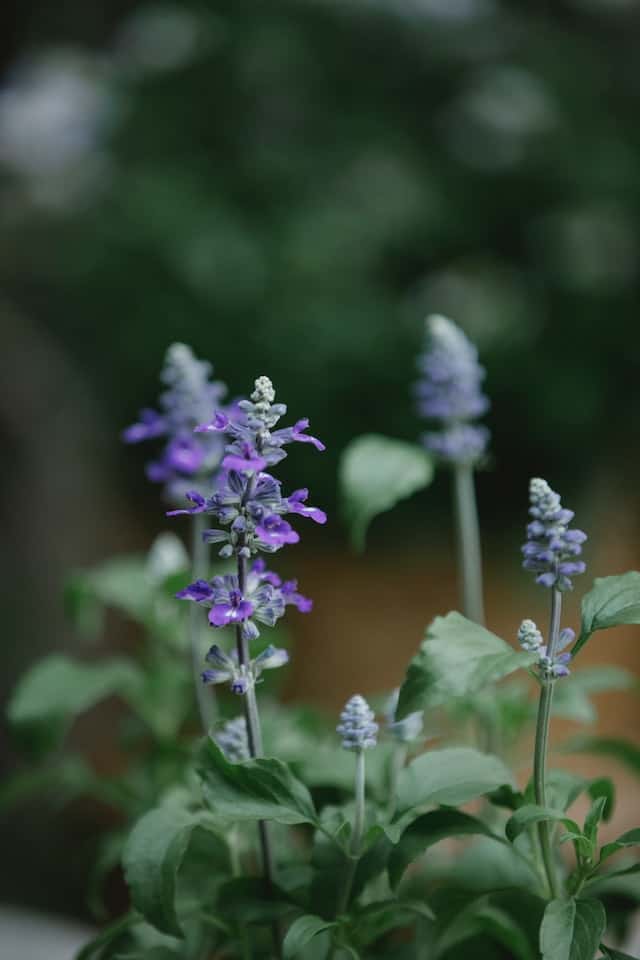
Sage is another perennial herb that does well in cooler weather. Sage is a widely used herb with a long history of medicinal and culinary uses. This resilient herb can withstand periods of drought and even some frost. When growing sage, be sure to give it plenty of room to spread out since it can quickly become invasive. Sage can be propagated from seed or cuttings.
Tarragon (Artemisia dracunculus)

Tarragon is a perennial herb that is commonly used in French cuisine. Tarragon has a distinctive anise-like flavor that pairs well with poultry and fish dishes. This heat-sensitive herb should be grown in a protected location if you live in a colder climate. Tarragon can be propagated from seed or cuttings. However, Seed grown tarragon plants are generally sterile and will not produce usable leaves.
Thyme (Thymus vulgaris)
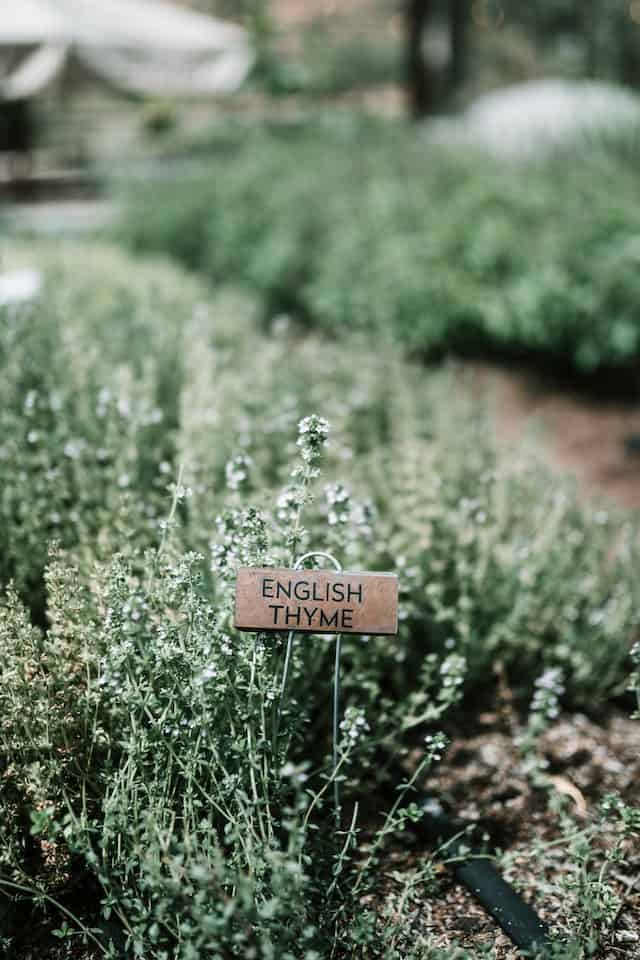
Thyme is a perennial herb that comes in many different varieties. Culinary thyme is the most common type of thyme grown and has a strong flavor that pairs well with meats and vegetables. Thyme is relatively easy to care for and can tolerate periods of drought. Thyme can be propagated from seed, division, or cuttings. However, it can take several weeks for thyme seeds to germinate so starting them indoors is recommended.


